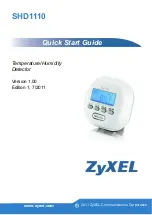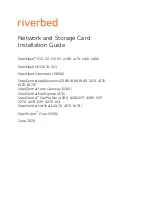
Appendix A Technical Specifications
Product Architecture
A-18
Cisco 12404 Internet Router Installation and Configuration Guide
OL-11636-01
LED Types
Table A-10
lists system status light emitting diodes (LED) used on the PRP.
Asynchronous Serial Ports
The PRP has two asynchronous serial ports, the console and auxiliary ports. These
allow you to connect external serial devices to monitor and manage the system.
Both ports use RJ-45 receptacles.
The console port provides a data circuit-terminating equipment (DCE) interface
for connecting a console terminal. The auxiliary port provides a data terminal
equipment (DTE) interface and supports flow control. It is often used to connect
a modem, a channel service unit (CSU), or other optional equipment for Telnet
management.
Table A-10
System Status LED Types, Description, and Power Source
LEDs
Description and Power Source
2 PCMCIA
Activity LEDs (one per PCMCIA slot) light when the slot is accessed. The
LEDs receive power from the switched slot voltage.
4 RJ-45
Ethernet port LEDs are used in conjunction with the RJ-45 Ethernet
connector. The LEDs indicate link activity, port enabled, data transmission,
and data reception.
2 Ethernet connection
The Ethernet connection LEDs (labeled Primary), when on, identify which
of the two Ethernet connections is selected. Because both ports are
supported on the PRP, the LED on port ETH0 is always on. The ETH1 LED
goes on when it is selected.
Alphanumeric displays
The alphanumeric LED displays are controlled directly by the MBus and
provide information about the system status during the boot process.
Alphanumeric displays are organized as two rows of four characters each.
The displays’ content is controlled by the MBus module software. Both
rows of the display are powered by the MBus module.
After the boot process, the LEDs are controlled by the Cisco IOS software
through the MBus, and display messages designated by the Cisco IOS
software.













































